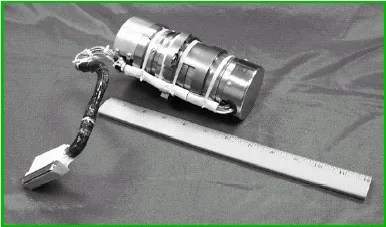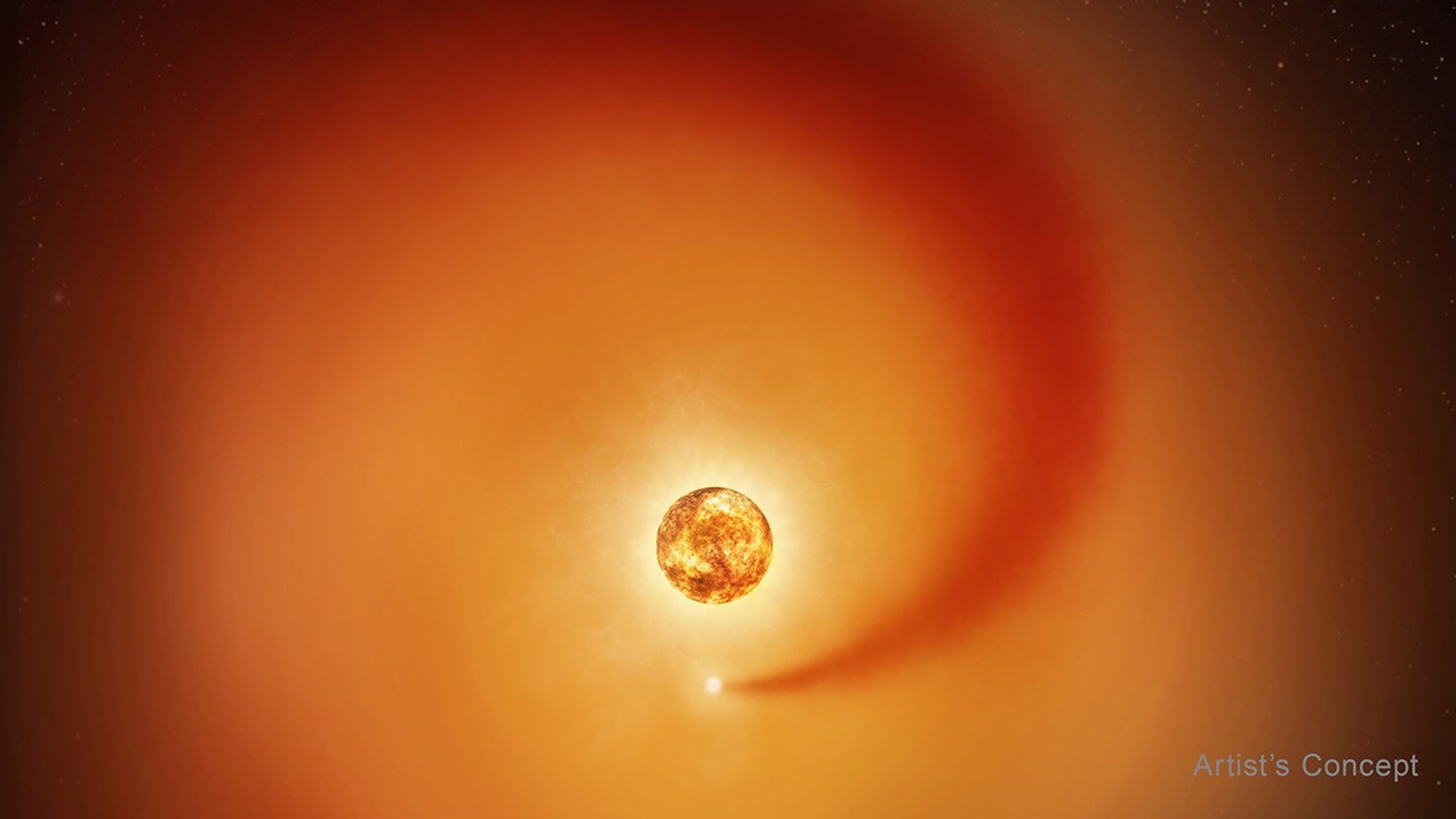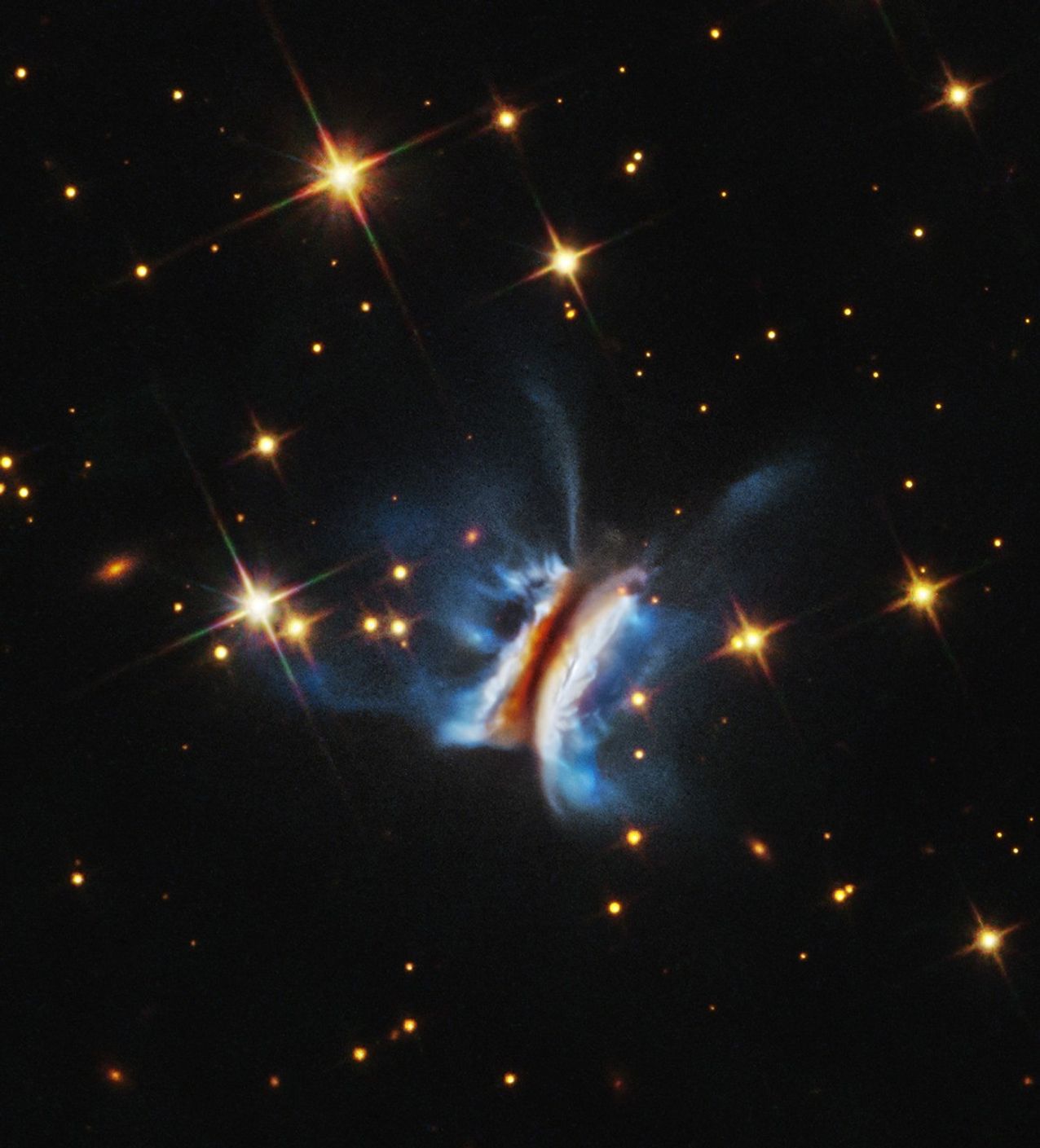NASA's Hubble Space Telescope entered a new era of science operations this week, when engineers shut down one of the three operational gyroscopes aboard the observatory. The two-gyro mode is expected to preserve the operating life of the third gyro and extend Hubble's science observations through mid-2008, an eight-month extension.

This conclusion followed detailed analysis by engineers and scientists at NASA's Goddard Space Flight Center, Greenbelt, Md., and the Space Telescope Science Institute (STScI) in Baltimore. Thorough testing of the two-gyro mode was completed prior to implementation.
The gyros are an integral part Hubble's complex Pointing Control System. The system maintains precise pointing of the telescope during science observations. The system was originally designed to operate on three gyros, with another three in reserve. Two of the six are no longer functional.
"Hubble science on two gyros will be indistinguishable from the superb science we have become accustomed to over the years," said senior Hubble scientist David Leckrone at Goddard.
Gyros are the heart, though not the sole component, of Hubble's pointing control system. When only two gyros are available, the observatory experiences an "unsensed" direction. Using Hubble's Fine Guidance Sensors, engineers were able to "fill in" the missing data normally generated by the third gyro.
Hubble also needs to know its location as it completes one observation and slews across the sky to acquire its next target. This information, previously supplied by the observatory's three gyros, is provided by onboard magnetometers and Fixed Head Star Trackers.
Many Hubble astronomers were consulted and were part of the overall decision process about two-gyro science operations. Switching off one gyro can preserve it for future use and extended two-gyro operational time for Hubble.
NASA has stated a Space Shuttle servicing mission to Hubble will be considered after two successful return-to-flight missions. The servicing mission would include installing new gyros, batteries, and science instruments to provide several more years of observations.
Susan Hendrix
Goddard Space Flight Center
Donna Weaver
Space Telescope Science Institute




































